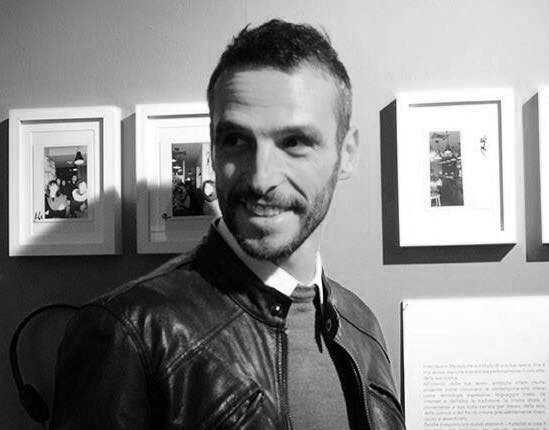Angel Moya Garcia from Florence
How your way of working has changed?
In my case the changes were fundamentally linked to the concrete work space, with all the consequences that it entailed. While before the watershed between private life and professional life was marked by the more or less clear distinction between office and home, now both aspects are completely seamlessly intertwined. Surely the work was less linear than "normal", but on the one hand I was able to have more time to devote to my family, on the other, become more productive, speeding up times, in the moments that I could devote to work. Until before the emergency, I used video calls only and exclusively when it was impossible to meet a person, both for timing reasons, mostly, by distance, in recent months, however, it has become an almost exclusive component of working hours.
What you're missing? Your personal experience of "absence" and "lack".
I believe that, regardless of the causes, are basically the small daily details that we take for granted and that are an integral part of our way of living and relating, which are missing. From walks in the park to bike rides, from coffee in a bar to reading the paper newspaper in a public place, from the possibility of taking a train or plane to meet an artist in his studio to a physical inspection of a concrete space to understand its characteristics, from meetings in which non-verbal language is essential in its development to the possibility of attending the opening of an exhibition, comparing ourselves with friends and colleagues with a good glass of wine in hand.
Museums and galleries have reacted to the moment with digitalization and virtuality. What are your "strategies" for establishing new relationships?
As I have mentioned in other contexts, in recent months we have witnessed and continue to witness a bulimia of streaming cultural activities and I believe it is up to each of us to accept or not the risk that these may become mere cultural entertainment or that they can only be used in a consolatory way by the public. The same goes for virtual relationships in social networks to which we are now accustomed and even addicted.
In both cases, I doubt that real and virtual should go into conflict, rather, I am convinced that they are parallel planes of interpersonal communication, which support each other, but each with its own specifics. Precisely for this reason I believe that one cannot replace the other. An exhibition, a show or concert designed for live use cannot simply be transferred to the virtual world and obtain the same incisiveness, just as it would not really make sense to transfer interventions designed for the web to a physical reality without concrete adaptations and without compromises.
Personally today I have no "strategies" to establish new relationships because first I have to figure out how to mentally end this suspension, how to practically implement the decrees and the new rules without weakening the projects and how to take advantage of all this in order to transform it into an incentive to rethink the immediate future.
Angel Moya Garcia (Cordoba, 1980) he has a degree in History of Art from the University of Cordoba. He is co-director for the visual arts of the Tenuta dello Scompiglio in Lucca and a member of ICOM Italia – International Council of Museums, of the IKT – International Association of Curators of Contemporary Art and of the IAC – Institute of Contemporary Art in Spain. For over ten years his research has focused on performance and on the concept of identity within the community. From March 2020 is responsible for the cultural planning and coordination of the events of the Slaughterhouse in Rome. www.mattatoioroma.it
www.delloscompiglio.org

